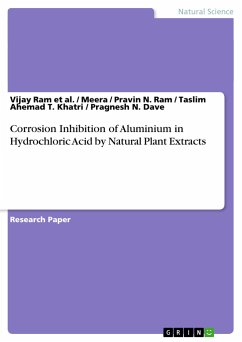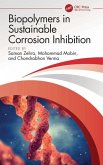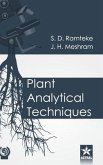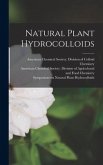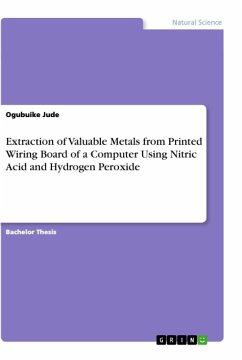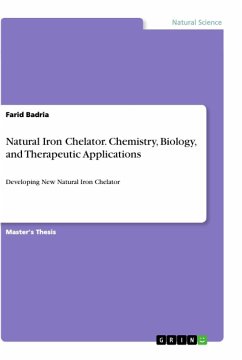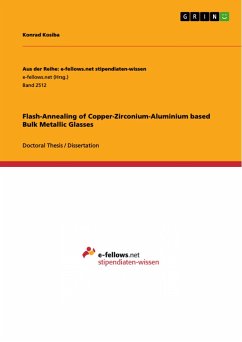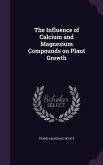Research Paper (postgraduate) from the year 2014 in the subject Chemistry - General, grade: 3, , course: MSc, language: English, abstract: Aluminium, being a highly reactive metal, corrodes rapidly in acidic (pH < 6) and alkaline (pH > 12.5) media. Hence it has to be protected when it is likely to come in contact with such solutions, e.g., during cleaning or acid pickling. One method of protection is the addition of inhibitor to the corroding medium. In the present work, ethanol extract of Azadirechta indica and Murraya koenigii leaves have been investigated as corrosion inhibitor for aluminium in aqueous hydrochloric acid.The corrosion of Alluminium in plain hydrochloric acid, as well as inhibited, is found to increase with a rise in temperature. Thus in uninhibited 0.5 M HCl the loss in weight due to corrosion for an exposure period of 60 min increases from 736 mg/dm2 at 35oC to 852, 922, and 958 mg/dm2 at 45oC, 55oC and 65oC respectively.In inhibited 0.5 M HCl containing 1.30%of Azadirechta indica, it was observed that at 35oC and for an exposure period of 60 min Azadirechta indica confer 100.0% protection. In A. indica, it is observed that the compound at 1.30% concentration show an efficiency 100.0% at 35°C. As the temperature is increased the efficiency decreases. In the case of A.indica, the efficiency decreases slightly and is found to be 72.96% at 65°C. It appears that in the case of Azadirechta indica, the adsorption is of physisorption type which decreases with a rise in temperature.The surface morphology of the Al samples in the absence and presence of A.indica and M.koenigii leaves extract was investigated after weight loss using SEM technique. The badly damaged surface obtained when the metal was kept immersed in 0. 5 M HCl for 60 min without inhibitor indicates significant corrosion. However, in presence of inhibitor the surface has remarkably Improve with respect to its smoothness indicating considerable reduction of corrosion rate. This improvement in surface morphology is due to the formation of a good protective film of inhibitor on aluminium surface which is responsible for inhibition of corrosion. The order of efficiency at 1.30% v/v inhibitor concentration in 0.5 M hydrochloric acid was found to be : Azadirechta indica (100.0%) Murraya koenigii ( 94.79%)
Hinweis: Dieser Artikel kann nur an eine deutsche Lieferadresse ausgeliefert werden.
Hinweis: Dieser Artikel kann nur an eine deutsche Lieferadresse ausgeliefert werden.

